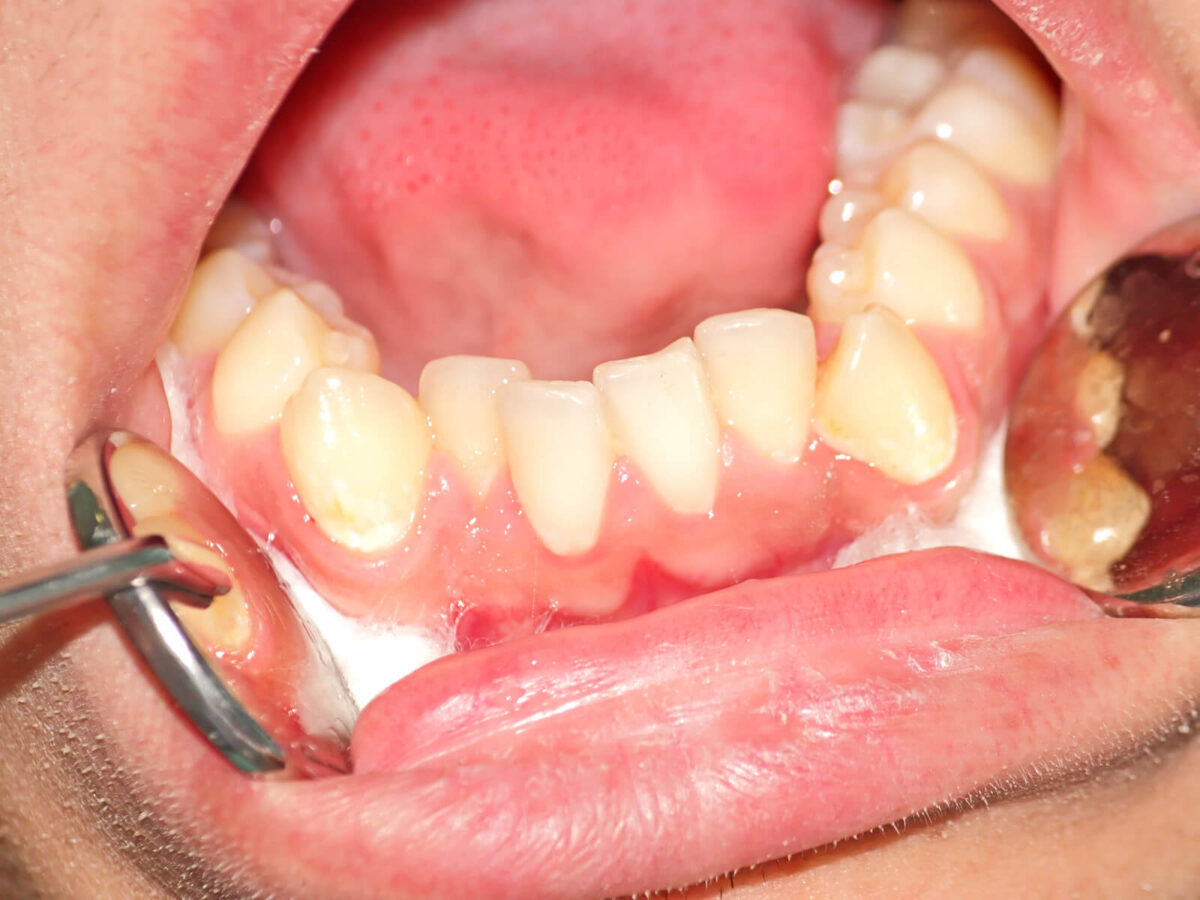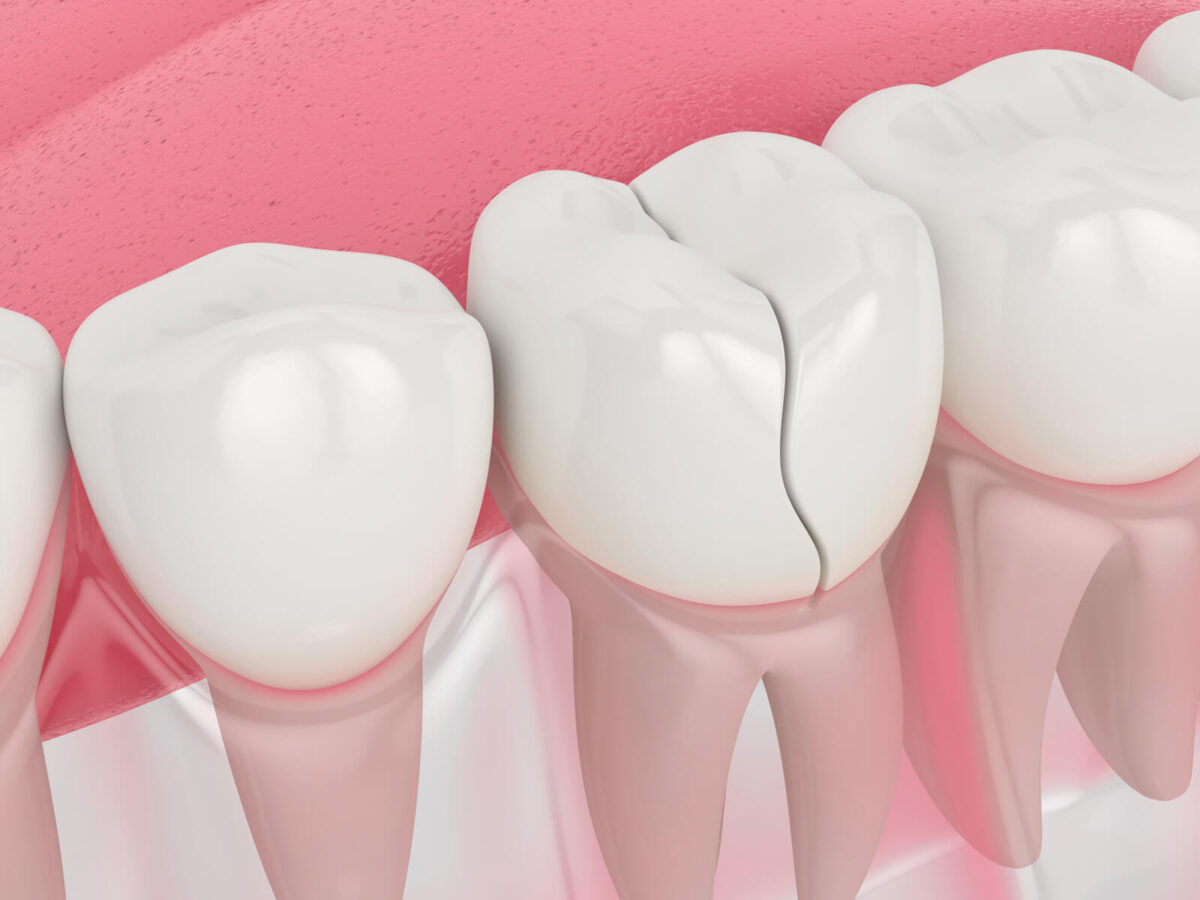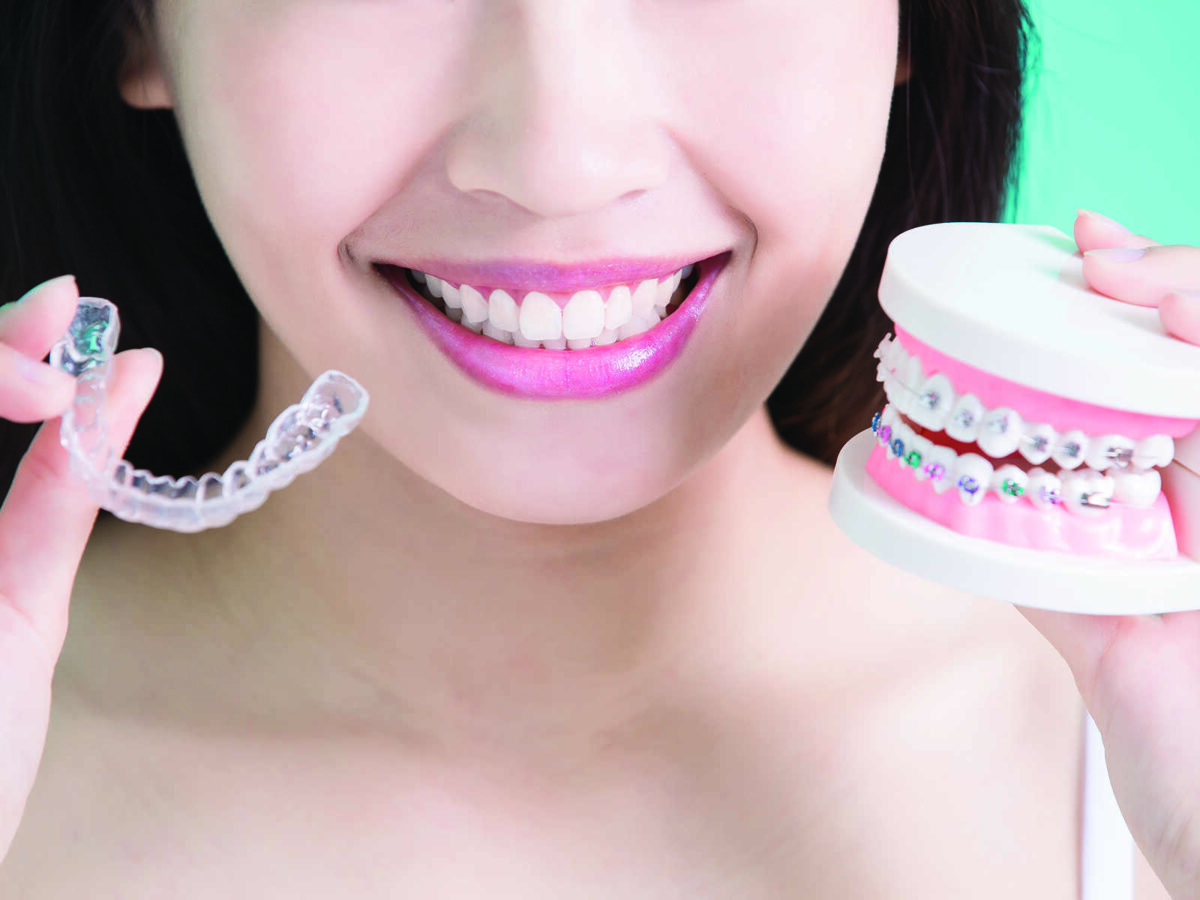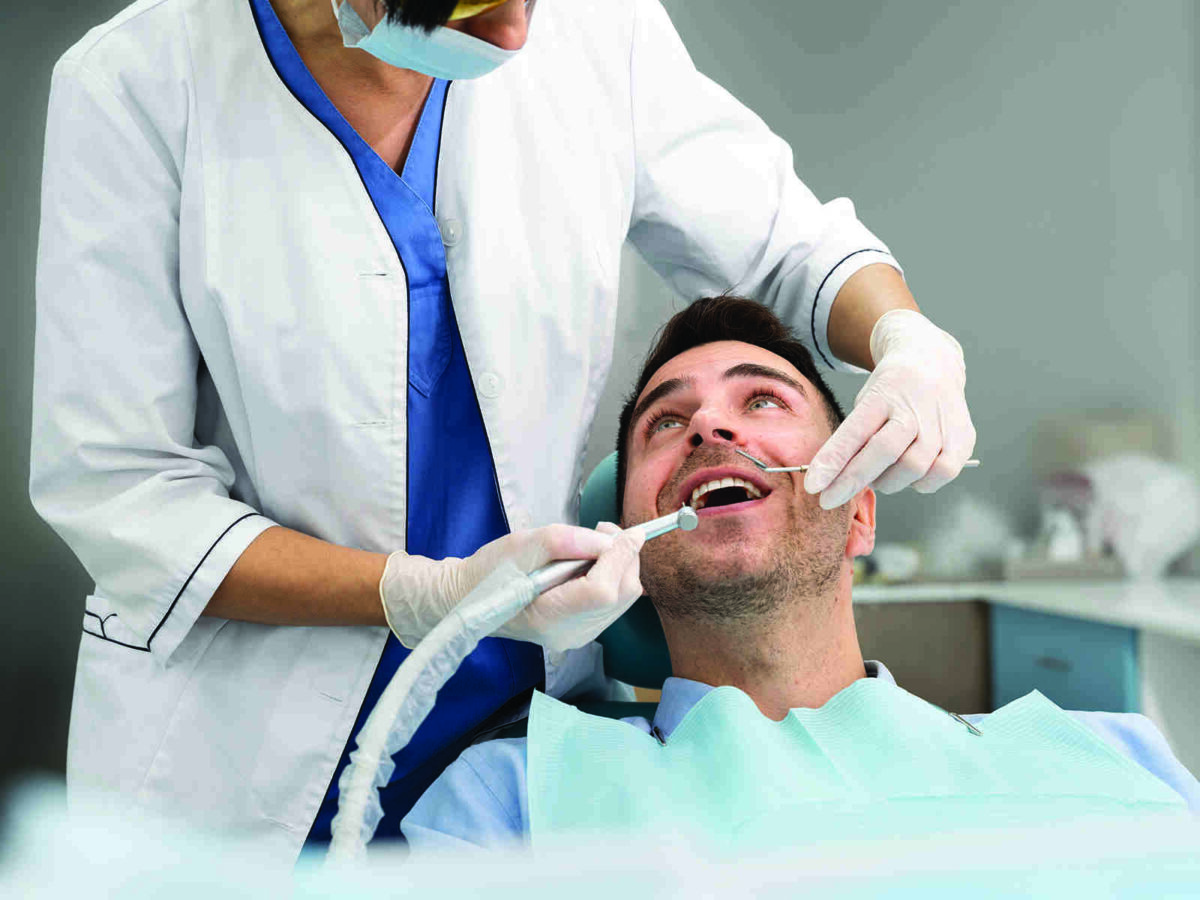A smile can transform one’s personality. You can treat dental issues such as dental crowding with cosmetic dentistry and flaunt the perfect smile. The cosmetic dentist uses orthodontics and restorative dentistry to improve your smile. Once you get a consultation, your dentist can recommend a treatment to correct one’s oral issues.
This article can help you explore how to use cosmetic dental services to correct tooth crowding. A perfect smile ensures that teeth are equidistant and that you can clean them properly. You can also learn about common dental issues a cosmetic dentist can treat.
What are Cosmetic Dental Services?
Crooked, chipped, crowding, or broken teeth are all issues that require immediate attention from a professional. A cosmetic dentist can examine your teeth and resolve these issues. Cosmetic dental services are procedures that correct one appearance.
Whether you want to fix your smile, treat teeth crowding, or whiten your teeth, cosmetic dental procedures can help you get a natural-looking smile. These procedures will also enhance your appearance and add confidence and self-assurance to your personality.
Common Dental Issues
There are various types of cosmetic procedures a cosmetic dentist can perform. You can visit a professional to fix a superficial dental flaw and examine your teeth for underlying issues. Here are some procedures you can get at a cosmetic dental clinic:
- Teeth whitening
- Cosmetic bonding
- Dental veneers
- Crowns, fillings, and other dental restorations
- Orthodontics
- Teeth reshaping
- Gum contouring
How to correct Teeth Crowding
The root cause of teeth crowding is essential to tell how to treat it. Sometimes, crowding is present if teeth are more significant than the compared jaw. Also, when a wisdom tooth erupts, it pushes adjacent teeth. You can consult with your dentist to treat this crowding with the help of the following treatments:
Veneers
Veneers are the surface covers of your teeth that help avoid tooth discoloration and adjust tooth misalignment. They are painless and noninvasive. With veneers, you can easily treat minor crowding and achieve symmetry in your teeth.
Clear Braces
Clear Braces are transparent braces that help treat crooked teeth. They work similarly to braces and provide a straight and symmetric smile within a few months. However, they can be a bit painful and might take a while to adjust.
Treatment For Dental Crowding
Minor tooth crowding can be treated with veneers, but in an extreme case, a dentist might suggest tooth extraction or even surgery.
Cosmetic dentistry involves aggressive treatment procedures to treat severe crowding. The crowding might affect oral hygiene and interrupt regular brushing and flossing.
Tooth Extraction
Extracting a selected tooth can help you achieve symmetric alignment in your mouth. Sometimes, only one or two teeth can be extracted to achieve the right alignment. After the extraction, you can use veneers to adjust your teeth’ alignment for a few days.
Braces
You can also use braces to put small yet constant pressure on your teeth, causing them to adjust in the right positions. The pressure can also help you reshape your jaw and align your teeth in the right position.
Corrective Jaw Surgery
In some cases, jaw deformity can cause dental crowding. You might need a corrective jaw surgery to restore optimal teeth pattern. This is a long-term procedure and quite expensive.
Final Thoughts
Teeth crowding can disrupt oral hygiene. It allows food to get stuck between teeth, making cleaning almost impossible. You cannot floss your teeth due to crowding, and it often requires tooth extraction, braces, and aftercare to treat the crowding. You can visit Crossby Family Dentist to check and resolve any cosmetic problems. With the right cosmetic procedures and professional recommendations, you can get the straight teeth and optimal tooth positions you want.









